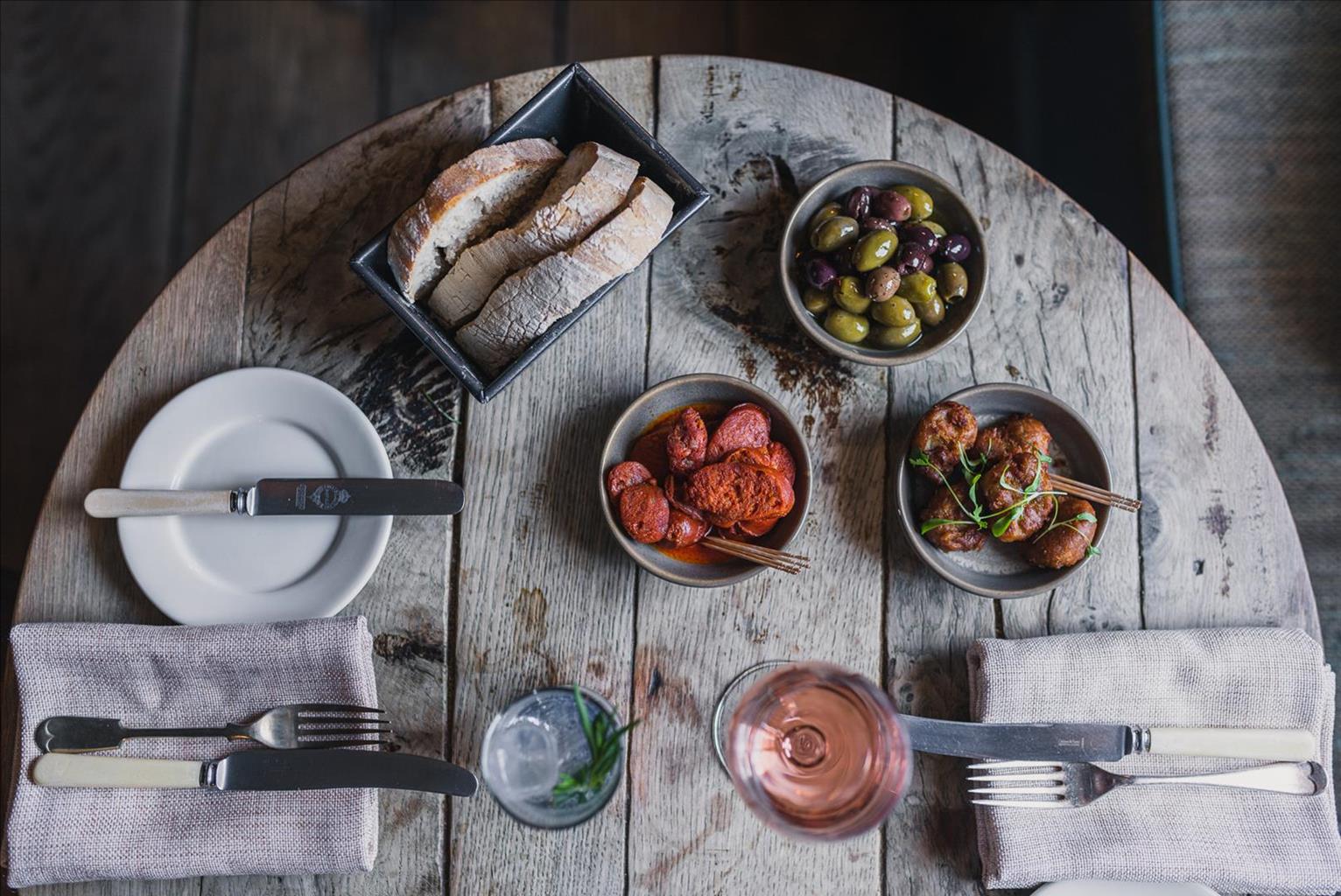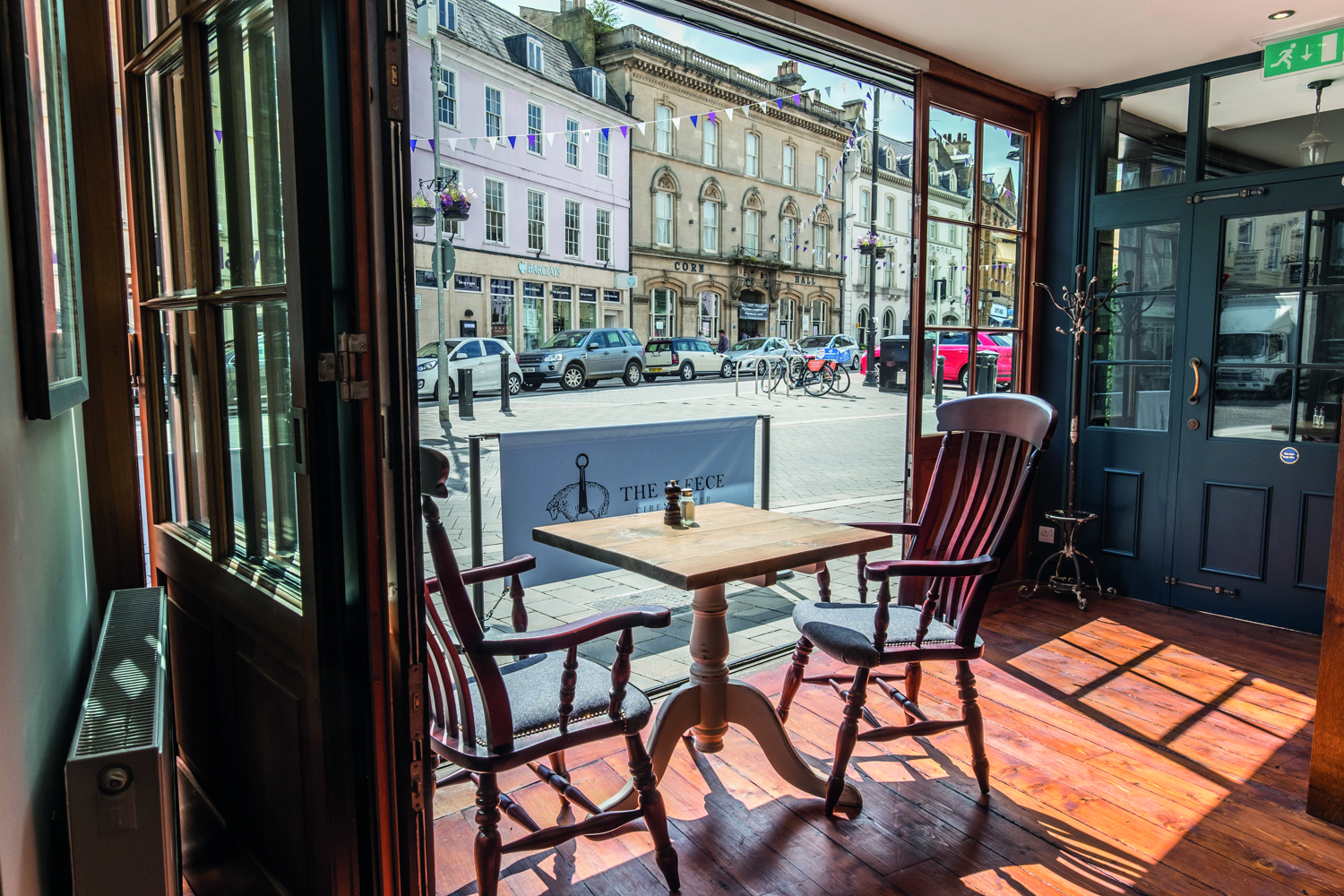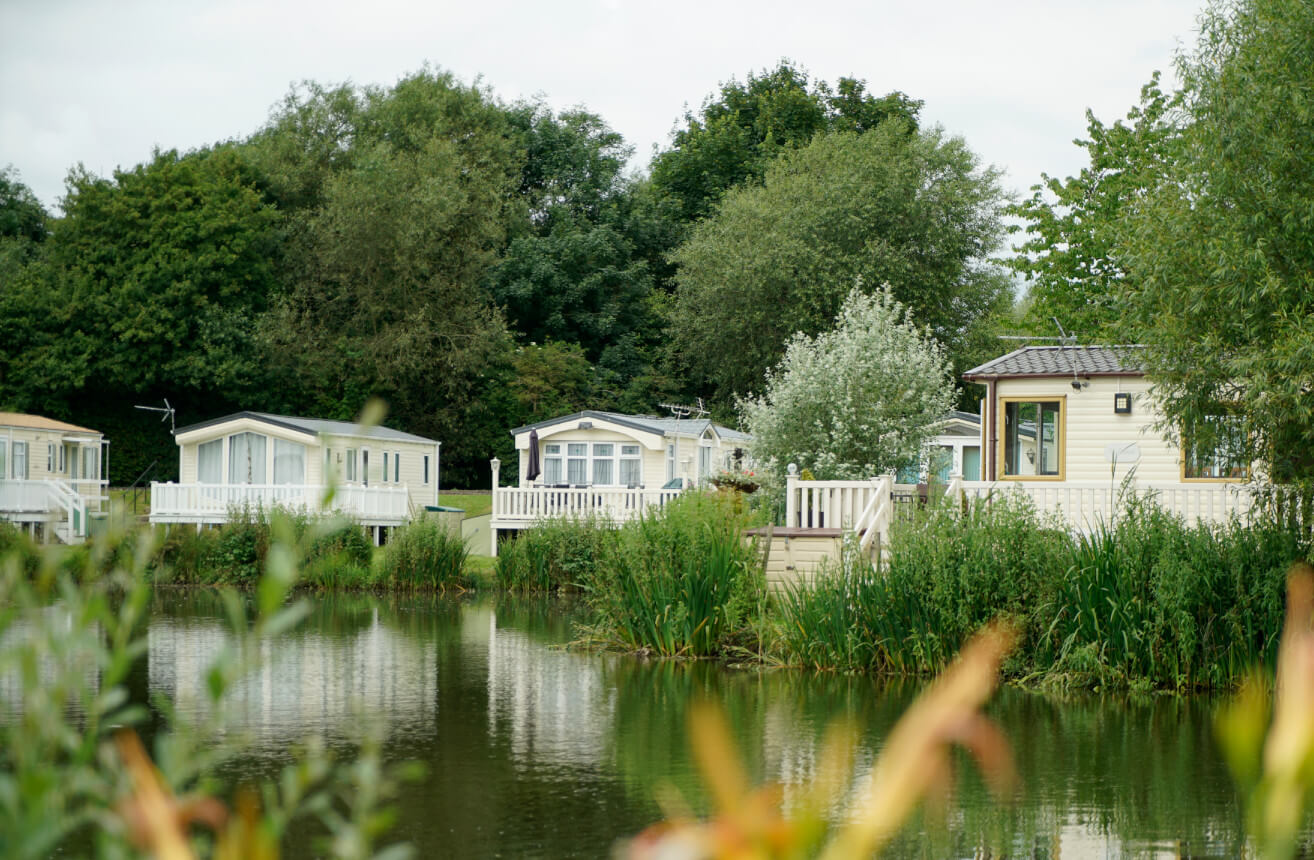Surrounded by pretty, stone-built villages, Hoburne Cotswold lies alongside one of the UK’s…
Exploring the Ampneys

A route based on the birthplace of one of Britain's best-known composers.
10 miles (16.1kms)
About the walk
Ralph Vaughan Williams is considered by many to be England’s greatest composer. He was born in 1872 in Down Ampney, where his father was vicar, spending the first three years of his life in the Old Vicarage. He studied music in London at the Royal College of Music with Parry, Stanford and Wood – the leading British musicians of the day – before studying in Berlin with Bruch and later in Paris with Ravel. This experience gave him the confidence to tackle large-scale works, many of which were based on English folk songs, which he had begun to collect in 1903. But Vaughan Williams was also interested in early English liturgical music, the result of which was his ‘Fantasia on a Theme’ by Thomas Tallis (1910) for strings, which combines the English lyrical, pastoral tradition with the stricter demands of early formal composition. Vaughan Williams went on to compose several symphonies, as well as a ballet based on the ideas of William Blake, and an opera based on The Pilgrim’s Progress by John Bunyan. There were several sacred works, too, including a Mass and the Revelation oratorio. He also composed the atmospheric score for the film Scott of the Antarctic (1948). One of his best-known hymn tunes is ‘Down Ampney’ (1906), named in tribute to his birthplace. For many, however, Vaughan Williams is associated with two pieces in particular. The first is his version of ‘Greensleeves’ (1928), the song said to have been originally composed by Henry VIII; and the second is ‘The Lark Ascending’ (1914), the soaring work for violin and orchestra. He died in London in 1958.
There are four Ampneys altogether. Down Ampney church is the finest, and definitely worth a visit. It’s crowned by a 14th-century spire and contains several interesting effigies. Next to the church is Down Ampney House, a 15th century manor house that was remodelled by Sir John Soane. Next is Ampney St Mary, which is interesting because its original site was abandoned, leaving the little church you see today. The prettiest of the villages is Ampney Crucis, which takes its name from the 14th-century cross in the churchyard. The head of the cross was only rediscovered in 1854, having been secreted in the church, probably to protect it from Puritan zealots in the 16th or 17th century.
Your route visits the fourth Ampney, Ampney St Peter, whose church also has some interesting features, including a Sheela-na-gig (a carving of a naked female that is a relic of pagan folk customs) and a yawning figure under the eaves above a blocked doorway.
Walk directions
From the church, walk to the centre of the village. At the main road turn right and, after 130yds (119m), turn left along Charlham Lane. Pass through a gate onto a public bridleway and continue along the edge of three fields and across a fourth.
Join a grassy track to Charlham Farm House, passing outbuildings and barns on your left and going through a gate to a wooded area ahead. When you eventually arrive at Charlham Farm House, turn right into a field, and on the far side cross a ditch on the left into another field. Cross diagonally left to a gap and turn left onto a track. At a corner, turn right to join a bridleway. Go past houses to a road.
Cross over to the pavement and turn right. After 320yds (293m), turn sharp left along a grassy track, then in 30yds (27m) turn right by a Thames Water facility. Enter a field and walk diagonally across it, veering left down the slope when you come to the bushes at the top, to a stone stile in hedgerow to the right of the gate. Turn left along a track to a junction. Follow the lane opposite through Ampney St Mary.
Go through the village and and pass Ampney St Mary Manor on your left. Continue along the lane for approximately 0.75 miles (1.2km) to a junction. Go right and then next left into Ampney Crucis.
About 75yds (69m) after the cemetery on the left, turn left down a lane. At the bottom turn right to a main road. Cross to a stile. Enter a field and go round the edge of the field on the left for about 400yds (366m) until you see the river on your left. Shortly after this, look for the gap in the trees with a path leading to a bridge and the churchyard of Ampney St Mary. Walk round the right-hand edge of the churchyard and meet the road.
Cross over to the pavement and turn right, pass a lane, then carefully cross over once more for a bridleway that heads diagonally left across a small open field beside the road. Aim just to the left of a house on the far side and join a lane.
Turn right and stay on this lane as it becomes a track. From this point you retrace your steps to Down Ampney and your starting point.
Additional information
Fields, lanes, tracks; plenty of stiles
Generally level fields and villages in all directions
Lead required near livestock, but plenty of stretches without, be careful on roads
OS Explorer 169 Cirencester & Swindon
Down Ampney village
None on route
WALKING IN SAFETY
Read our tips to look after yourself and the environment when following this walk.
Find out more
Also in the area
About the area
Discover Wiltshire
A land shrouded in mystery, myth and legend, Wiltshire evokes images of ancient stone circles, white chalk horses carved into hillsides, crop circles and the forbidden, empty landscape of Salisbury Plain. To many M4 and A303 drivers heading out of London through the clutter of the Thames Valley, Wiltshire is where the landscape opens out and rural England begins.
Wiltshire’s charm lies in the beauty of its countryside. The expansive chalk landscapes of the Marlborough and Pewsey downs and Cranborne Chase inspire a sense of space and freedom, offering miles of uninterrupted views deep into Dorset, Somerset and the Cotswolds. Wiltshire’s thriving market towns and picturesque villages provide worthwhile visits and welcome diversions. Stroll through quaint timbered and thatched villages in the southern Woodford and Avon valleys and explore the historic streets of the stone villages of Lacock, Castle Combe and Sherston. Walk around Salisbury and discover architectural styles from the 13th century to the present and take time to visit the city’s elegant cathedral and fascinating museums. And if all of that isn’t enough, the county is also richly endowed with manor houses, mansions and beautiful gardens.
Nearby stays
Restaurants and Pubs
Nearby experiences
Recommended things to do
Why choose Rated Trips?
Your trusted guide to rated places across the UK
The best coverage
Discover more than 15,000 professionally rated places to stay, eat and visit from across the UK and Ireland.
Quality assured
Choose a place to stay safe in the knowledge that it has been expertly assessed by trained assessors.
Plan your next trip
Search by location or the type of place you're visiting to find your next ideal holiday experience.
Travel inspiration
Read our articles, city guides and recommended things to do for inspiration. We're here to help you explore the UK.













